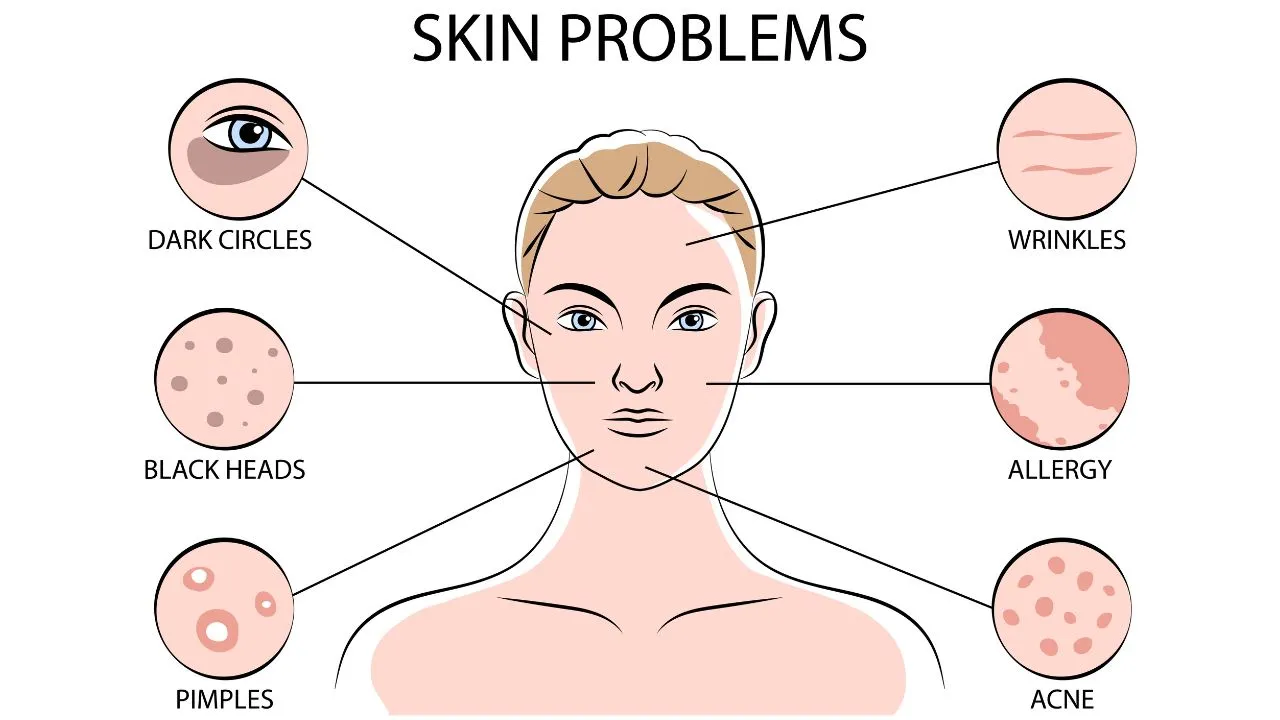Search for a reliable dermatologist to help you with dermatological concerns.
Search for a reliable dermatologist to help you with dermatological concerns.
Blog Article
Navigating Skin Cancer Cells Therapy: The Vital Duty of Mohs in Modern Dermatology Practices
Skin cancer cells, a challenging diagnosis, often leaves individuals grappling with numerous therapy choices. As we discover the ins and outs of this procedure, one will value its crucial function in skin cancer treatment.
Recognizing Skin Cancer: Types and Risks
Skin cancer, a potentially lethal malady, is far a lot more widespread than many people realize. This illness, caused by the uncontrolled growth of irregular skin cells, mostly results from DNA damages as a result of exposure to the sunlight and ultraviolet (UV) light. There are three major sorts of skin cancer: Basic cell carcinoma, Squamous cell carcinoma, and Melanoma. While the former two are much less dangerous and comprise most of diagnosed cases, melanoma is the most hazardous. It accounts for just concerning 1% of skin cancer cells situations however triggers the substantial majority of skin cancer cells deaths - mohs surgery. Danger aspects include fair skin, history of sunburn, extreme sun direct exposure, living at high altitudes or near to the equator, having several moles, a family history of skin cancer, and deteriorated body immune system.
What Is Mohs Surgery and Just How It's Transforming Skin Cancer Cells Therapy
Despite the countless treatments presently offered for skin cancer, Mohs surgery attracts attention as a groundbreaking and extremely efficient remedy. Named after Frederic E. Mohs, the physician that created the procedure, Mohs surgery is an accurate medical method used to treat skin cancer. During the treatment, slim layers of cancer-containing skin are considerably eliminated and examined till only cancer-free cells continues to be. This technique permits the surgeon to confirm that all cancer cells have actually been gotten rid of at the time of surgery. This degree of precision, combined with the capability to spare as much healthy tissue as possible, is changing skin cancer treatment. Consequently, Mohs surgical procedure has actually come to be a foundation of modern dermatology methods.
The Benefits of Mohs Surgical Procedure Over Conventional Skin Cancer Cells Treatments
Structure on the innovative nature of Mohs surgery, it's imperative to consider its many advantages over traditional skin cancer treatments. see post Unlike common procedures, Mohs supplies a greater cure price, frequently getting to 99% for new therapies and 94% for reoccurring cancers cells. This precision results from its unique technique of gradually removing and checking out cells layers till only cancer-free cells continue to be (dermatologist). In addition, it reduces damage to healthy skin, leading to much less scarring and boosted cosmetic outcomes. Mohs likewise gives instant results, eliminating the anxiety-ridden wait usual with other approaches. It's economical, as the surgical procedure and tiny assessment take place concurrently, getting rid of the demand for added laboratory services. Thus, Mohs stands for a considerable improvement in skin-related techniques.
The Procedure of Mohs Surgery: What to Expect During the Process

Prospective Negative Effects and Post-Operative Care of Mohs Surgical Treatment
Undergoing Mohs surgery, like any type of various other surgical procedure, entails potential adverse effects that individuals need to be mindful of. Typical negative effects include pain, wounding, and swelling at the surgical treatment website. These are typically momentary and manageable with non-prescription discomfort medication and ice packs. In rare situations, individuals may experience infection, blood loss, or an allergy to the anesthetic. Post-operative care is important to recovery and More Info decreasing adverse effects. This normally involves keeping the wound clean and dry, taking proposed medicines, and staying clear of exhausting tasks. Clients ought to additionally participate in all follow-up consultations for wound care and surveillance. In many cases, extra treatments might be essential to guarantee total removal of the cancerous cells. Following these post-operative care standards can significantly enhance recovery and results.
Conclusion

Report this page